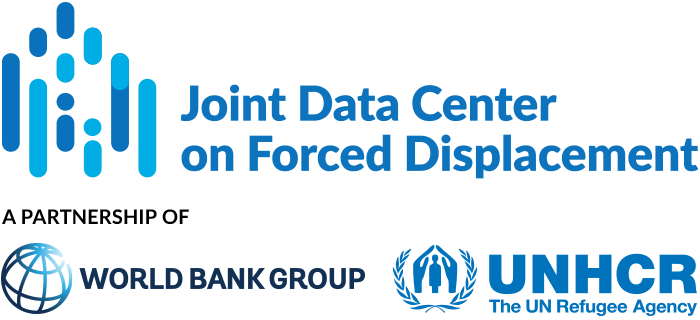This paper estimates the environmental impact of the Mtendeli Refugee Camp in Tanzania. Located in the Kigoma region in north-western Tanzania, the Mtendeli Refugee Camp was one of three camps established to manage the influx of Burundian refugees. The camp was opened in 2016 to accommodate 40,000 refugees transferred from the Nyarugusu and Nduta camps. By early October 2016, the camp had exceeded its capacity, housing over 50,000 refugees, and was subsequently closed to new arrivals. The camp was closed in December 2021, with the remaining refugees either repatriated to Burundi or relocated to the neighboring Nduta camp.
The authors employed a combination of remote sensing data and qualitative social research methods. High-resolution satellite data from Sentinel-1, Sentinel-2, and Landsat-8 were used to analyze land use/cover (LU/LC) changes. The WorldCover (2020) database served as the initial reference for classifying LU/LC, with local experts assisting in adapting class descriptions to regional characteristics. Machine learning algorithms were applied to conduct a change analysis of LU/LC within the camp and at distances of 0–5 km, 5–10 km, and 10–15 km outside the camp, focusing on the periods 2016–2021 and 2021–2022. The changes in LU/LC areas were compared with average annual refugee population data from UNHCR factsheets. The results were validated through key informant interviews with academics and representatives from local and international NGOs.
Main findings:
- The reduction in tree cover between 2016 and 2017 was primarily due to clearing activities for setting up the Mtendeli Refugee Camp. The most significant increase in the camp area occurred in 2017, correlating with a reduction in forest cover. The transition from cropland and shrub to artificial surfaces primarily happened within the camp area until 2021, driven by the camp’s development.
- Natural vegetation classes, particularly shrubs and trees, decreased around the camp until 2020. The most significant transition involved converting shrubs, grassland, and tree cover into croplands. The decrease in tree cover affected 6 percent of the studied area. Some regrowth in natural vegetation was observed between 2020 and 2021. The intensity of land cover changes decreased with distance from the camp.
- Following the closure of the camp, a significant portion of the camp and its immediate surroundings transformed from cropland into grassland and shrubs. In 2022, a new class, ‘managed woody vegetation,’ emerged, which, along with tree cover, shrub, and grasslands, constituted almost 80 percent of the terrain. The increase in natural vegetation affected almost 50 percent of the camp area and 15 percent of the closest surrounding areas.
The study concludes that the reduction in tree cover between 2016 and 2017 was primarily due to clearing activities for setting up the Mtendeli Refugee Camp. The high demand for fuelwood and increased agricultural activity driven by the influx of refugees were major contributors to deforestation and land cover changes in the areas surrounding the refugee camp. The intensity of these changes decreased with distance from the camp. The successful implementation of environmental restoration programs in the former camp area is evidenced by the emergence of managed woody vegetation by 2022.


